Bulgaria used to be an agrarian country. After the beginning of communism in 1944, big city complexes with numerous apartment buildings were built. However the maintenance of the green spaces within and around those complexes was rather relaxed. As a result there were a number of fields where nature grew and flourished. These wild green spaces were a marvellous world where me and my friends spent our childhood days in exploration and play.
So, parallel of working on Green Dream, I started experimenting with ways to map these spaces. It was important for me that the map captured people's intimate connection to them along with their geographic features, so I tried to find a way to map people's connection to the landscape. My first experiment was the project I know a place... made during a Locative Media residence at the Banff New Media Institute in November 2008.
Each participant was given a phone with a special program (The Geo Zexe), which allowed them to take a photo and to record an audio entry. (In theory the program was supposed to package the geo data with people's entries and send them directly to the map. In practice we entered each person's entry manually.)
In 2009 I moved to Montreal and to my surprise and happiness I discovered a wild field right behind the big industrial building where I had a studio space. I would eat my lunches there and go for walks. Then I learned that there were plans to develop the space and citizens were gathering for its protection. I met Emily Rose-Michaud who had created the Roerich Garden, a land art in the shape of the Roerich symbol used in World War II to denote a place of cultural significance and prevent it from being bombed during the airstrikes. The Roerich Garden had helped unify the community, bringing media and political attention to the space.
Again, an important part of my methodology was to ask everyone who participated to spend 10-15 minutes in the space before asking them any specific questions. I did not have access to the application or the cell phones we used for I know a place...and people could not record their voice. There had to be some low tech way to represent people's reflections on the map. I decided to ask each participant to draw or write their reflection on a piece of coloured paper. We took photos of them holding that paper and embedded the photos on a Google Map. You can see all the images in our Gallery Section.
In 2014 as the film was soon going to come to fruition, I renew my desire to map wild green spaces in the whole city of Montreal. It was clear that this had to be a team initiative and I brought together artists/geeks with expertise in different areas. Maya Richman, Igor Rončević, Marilene Gaudet, Dominique Ferraton and I developed the project Wild City Mapping.
We kept the personal reflection, from my earlier experiments, as a way to map a space . However this time we simplified the entries even more to accommodate a larger quantity of participants and the limitations of Mapbox, the open source platform we were using. To map Montreal we asked people to send us a photo and the coordinates of a wild green space with their reflection/description of the space. The radically different element that we added to this map was time.
This is my trajectory of artistic and personal explorations with these ever rich spaces in our cities. My next wish, mapping Sofia, Bulgaria.
Happy Earth Day!
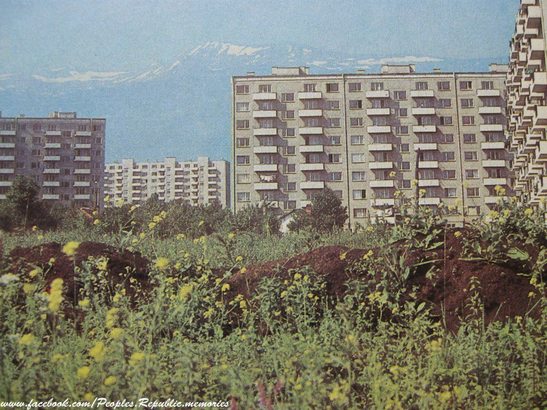
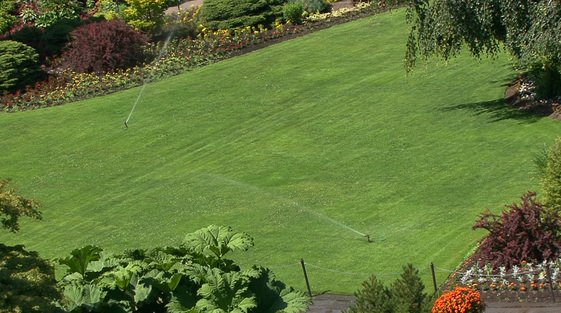

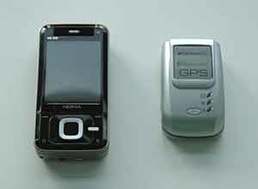

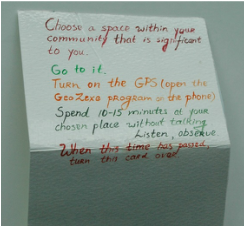
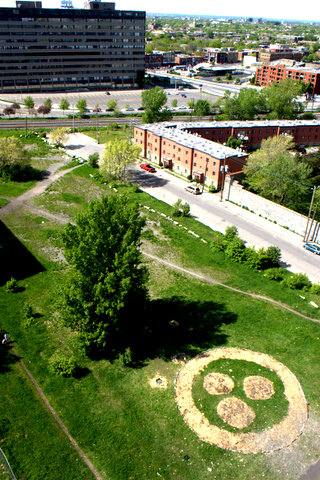

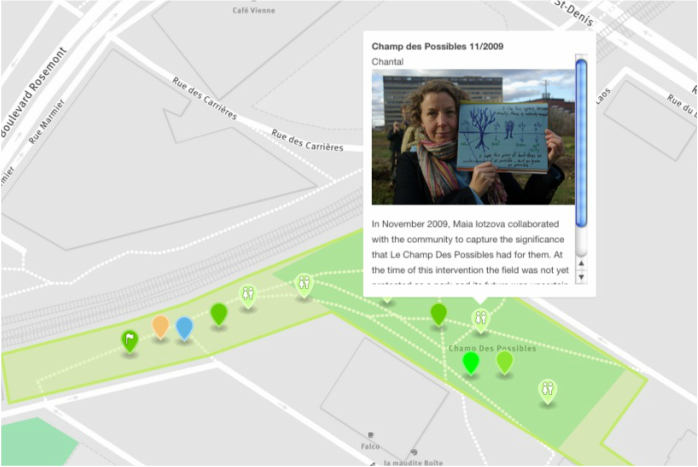
 RSS Feed
RSS Feed
